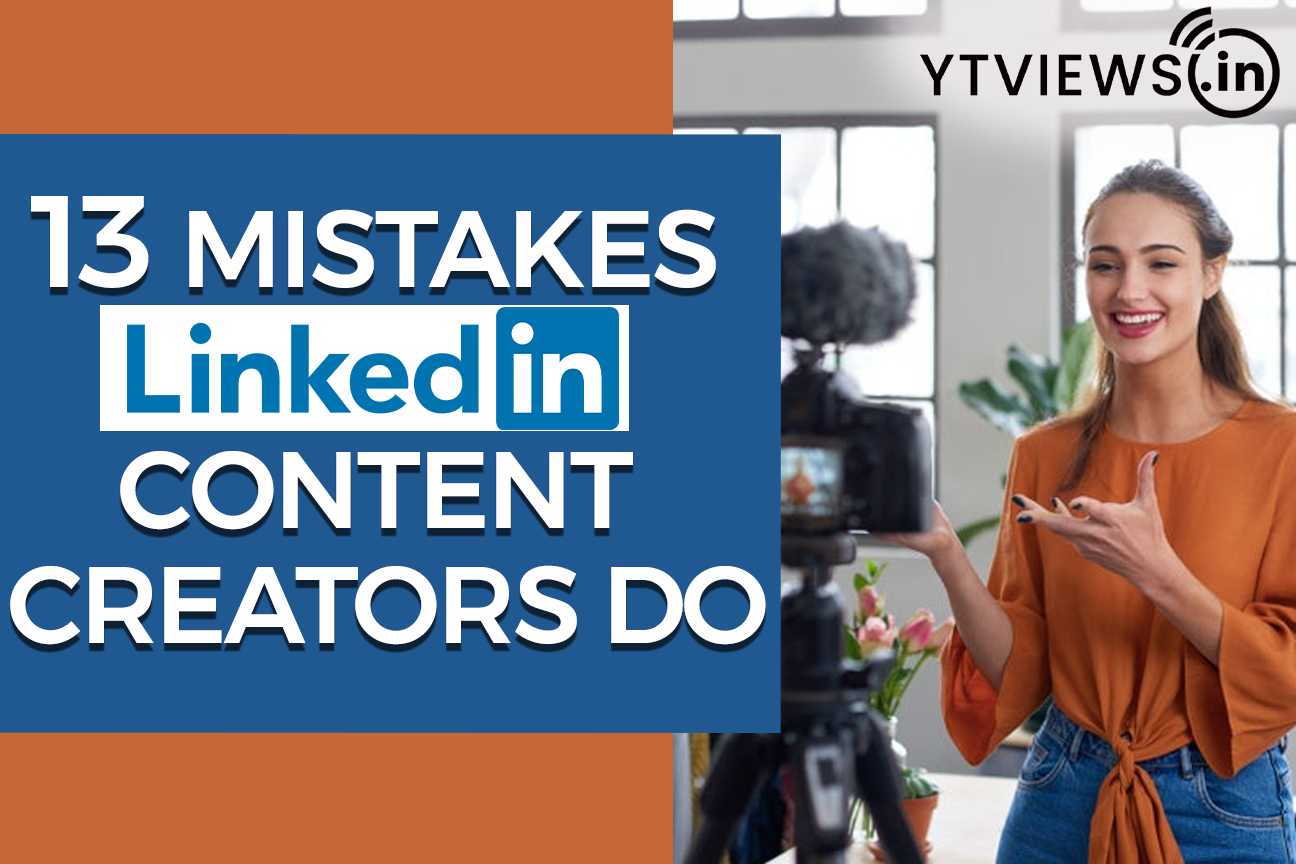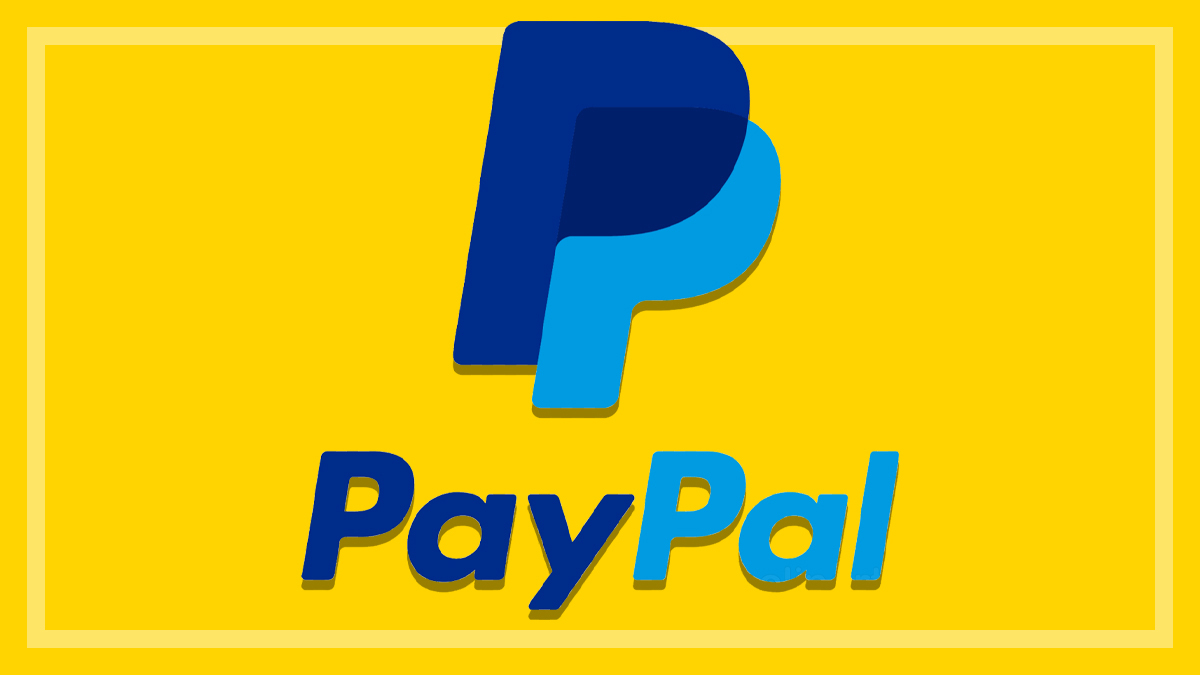13 mistakes LinkedIn Content Creators do
 The saying, “learn from your mistakes” is one that we’ve all heard. Despite the fact that some things can only be learned through trial and error, there are some mistakes that you can completely avoid. You could save a lot of time, money, and heartache by doing this.
The saying, “learn from your mistakes” is one that we’ve all heard. Despite the fact that some things can only be learned through trial and error, there are some mistakes that you can completely avoid. You could save a lot of time, money, and heartache by doing this.
The same is true for LinkedIn content creation.
A lot of people make mistakes that hurt their engagement rate, profile growth, and lead generation abilities. If they are only aware of them, they can easily avoid all of these.
Therefore, in order to save you time and help you get the most out of your content creation, we have compiled this helpful list of the most common errors made on LinkedIn. In order to help you see where you might be going wrong, we also divided them into a few different categories.
If you’re using LinkedIn to create content—which you should!— If you really want to get the most out of LinkedIn, make sure you don’t make any of these mistakes. They might end up costing you a lot!
1. Not Knowing who your Audience is: Your audience is very important to the success of your content marketing efforts. Producing content that will elicit the level of engagement you want from your target audience is impossible if you do not know who they are or what they enjoy. Produce content that is tailored to your target audience by making sure you know who they are. Which do they enjoy? What do I have to offer them? Customers will be engaged if your content strategy answers these questions.
2. Not Developing your Voice: One of the most crucial aspects of content creation is having your voice. Your writing voice is what makes you who you are and helps you connect with your readers. It speeds up content evaluation and review and ensures consistency across channels. Be yourself at all times, and don’t be afraid to let your personality shine through.
3. Not giving your Content a Visual Appeal: Did you know that our brains process 90% of visual information? I can assure you that you are losing audience engagement if you do not include images in every post. When it comes to capturing the attention of your audience, you want to make the most of every opportunity to communicate your message because a picture is worth a thousand words.
4. Lack of Quality Content: The ultimate objective is to provide a location where your audience is assured of receiving consistent and high-quality content. People won’t come back to you if your content isn’t consistent across all channels. To keep your target audience coming back for more, make sure you tackle content that is current and relevant. Additionally, concentrate on a single subject at a time; engaging content does not necessitate addressing every subject. LESS IS MORE in this instance!
5. Not submitting content: Although it may seem obvious, you must post to appear in the newsfeed! It is preferable to post on a daily, biweekly, or even weekly basis.
6. Sneaking unsocially: When you comment thoughtfully on other people’s content, you increase your exposure to new audiences thanks to LinkedIn’s network effect. On the way to virality, your comment boosts their post’s engagement metrics and includes your name.

7. Using hashtags that aren’t well-researched in your posts: Now, in the URL, substitute the industry-specific hashtag of your choice for “LinkedIn marketing.” This will show you how many followers (potential reach) this hashtag has, as well as the approximate frequency with which content is posted to its feed (competition for engagement). To get a good mix of impressions and engagement for your posts, use a mix of broad, macro hashtags and narrow, micro hashtags (more on that below).
8. Being without your own space: Create your hashtag! You only need to locate a hashtag that no one is using yet—certainly easier than locating the elusive.com domain that is not attached. This is great for personal branding as well as a feed aggregator for all of your content, which you can sort by most recent or best-performing engagement.
9. Neglecting to update your Profile: Keep your summary and description consistent with your brand. Think about the kinds of keywords you want to be associated with and make sure your headline and description contain those keywords. When writing a description of a profile that is full of keywords, even marketers who do not work in the digital space can gain from knowing how the fundamentals of SEO apply.
10. Your content is the same: Videos get the most attention on the platform, but the algorithm doesn’t like posts with just text, PDF carousels, link shares, or photos that stand out. Include other types of content in your LinkedIn content marketing strategy if you can. Just be careful not to make your LinkedIn feed look like Facebook.
11. Including your content without a clear Call-to-Action: You can cultivate initial impressions into visits to your profile and traffic directed to your website by inviting your audience to first engage with your content through likes, comments, and shares. But you can’t make it happen unless you start with a small request!
12. Failing to Track your Metrics and Measure your Results: The performance metrics that LinkedIn provides for evaluating your content are admittedly lacking. Keep an eye on the most important metrics that are most relevant to your objectives. Likes, comments, and shares are early indicators of engagement, which eventually lead to an increase in followers, leads, and customers.
13. Giving the trolls food: Even though LinkedIn is a professional and open platform, critics and sceptics may still surface to challenge your strategy. Idea exchanges should be encouraged, but wise people know where to participate. Don’t feed the trolls, as the old saying goes on the internet.
Conclusion: Publishing high-quality, value-added content on LinkedIn aims to build a professional and credible personal brand that, ideally, results in increased visibility, brand awareness, free public relations, and lead generation.
Before posting something on LinkedIn, we recommend thinking about the following questions:
– Is this valuable?
– Do you have a clear message?
– Does this help you show that you are a thought leader?
– Will this aid in the closing of deals?
Your content needs to support your message and portray that image if you want to charge people or businesses appropriately for your premium services.
Related Posts

Instagram Implements Advanced Protections for Teen Users.

5 Skills to Become a Successful Social Media Marketer

LinkedIn Adds AI Training Opt-out Option

What Video Editing Software Do Youtubers Use in 2024?

How VoIP Services are changing the Way We Make Calls







































